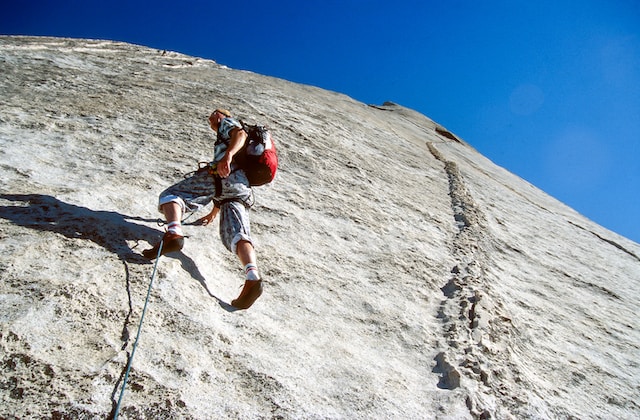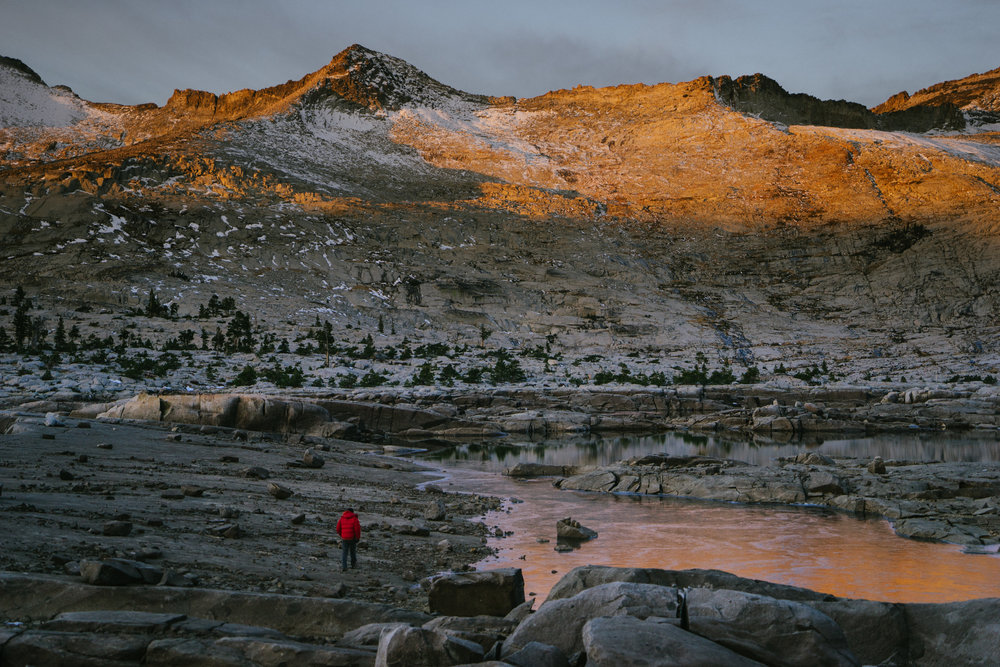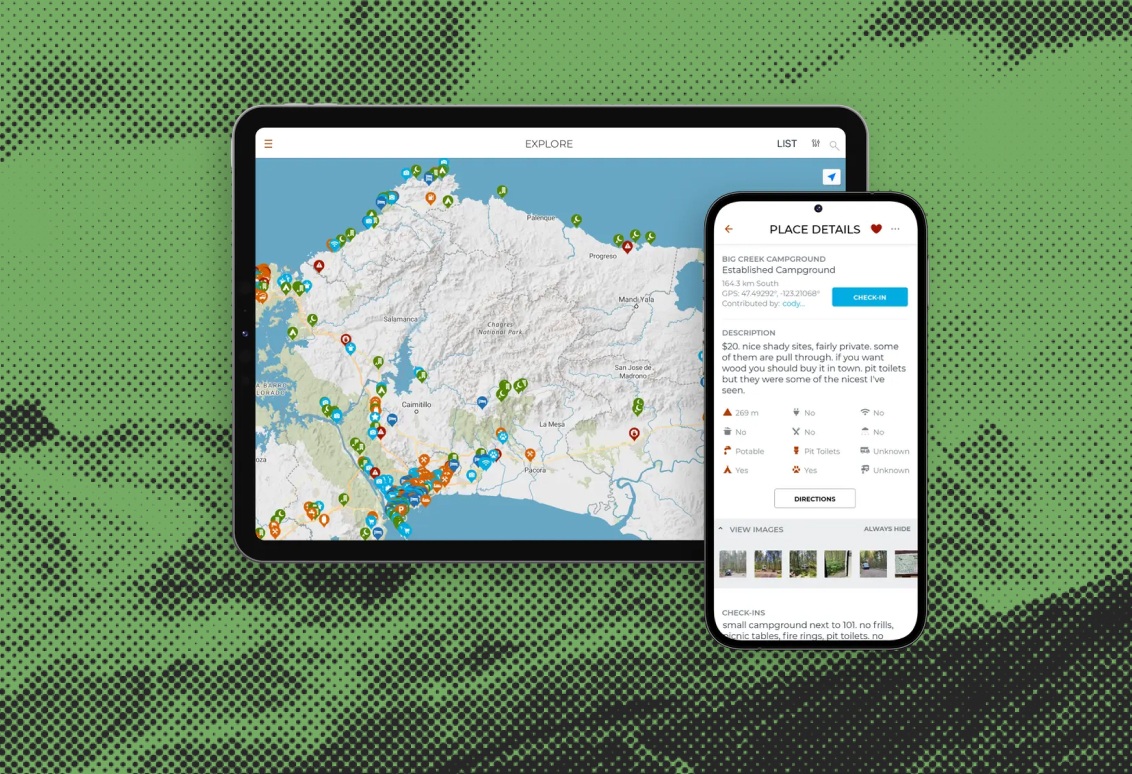The US Forest Service (USFS) and National Park Service (NPS) recently proposed new guidelines for managing climbing in wilderness areas. The guidance includes several changes to definitions that could have major impacts on how climbers access and recreate in these areas. An SF Chronicle article goes so far as to characterize the changes as an “existential crisis” for climbing.
A quick summary
The guidance focuses on the management of climbing, and in particular fixed anchors, in National Parks and wilderness areas. Fixed anchors/bolts are used to establish sport routes (climbing with bolts as your primary protection), protect tricky sections of trad routes (climbing with removable protection like cams, nuts, etc), and provide anchors for rappels or bail-outs. In particular:
Fixed anchors are now considered prohibited “installations” in wilderness, a new interpretation of the Wilderness Act.New and replacement fixed anchors may only be allowed after a Minimum Requirements Analysis for prohibited uses.Existing wilderness fixed anchors may be removed if they are determined to no longer be “the minimum necessary to facilitate primitive or unconfined recreation or otherwise preserve wilderness character.”
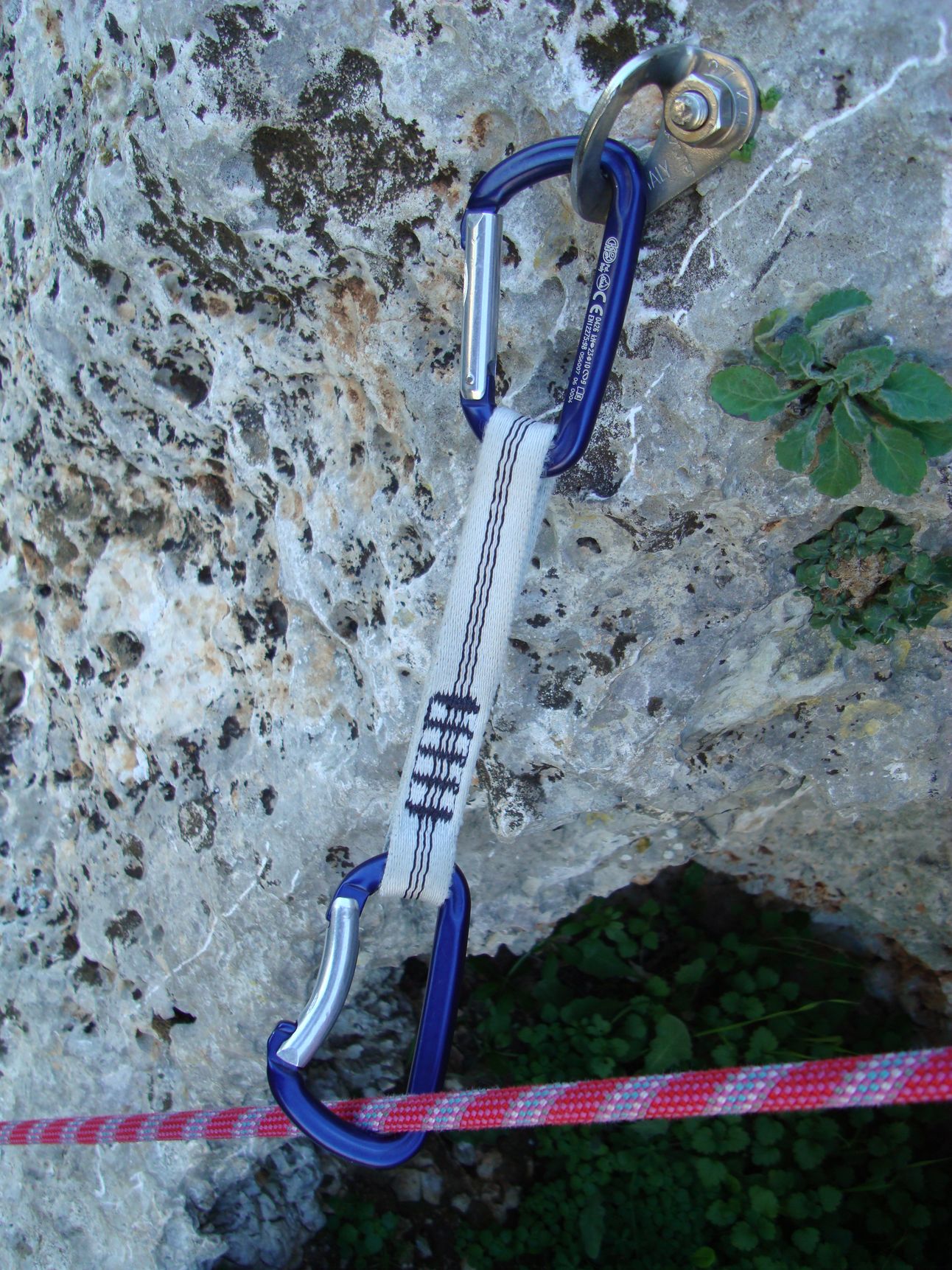
A typical climbing bolt and accompanying quickdraw
The case for regulation
My initial reaction is that doomsday messaging is too alarmist. Imperfect guidelines? Maybe. But an “existential crisis”? Wilderness areas are under higher impact than ever, and there’s a valid case to be made for climbing to be regulated like everything else. While there’s no question that a bolt line up a wall is less visually intrusive to wilderness environments than a trail, it doesn’t seem unreasonable to have a process to review new sport routes or significant bolting.
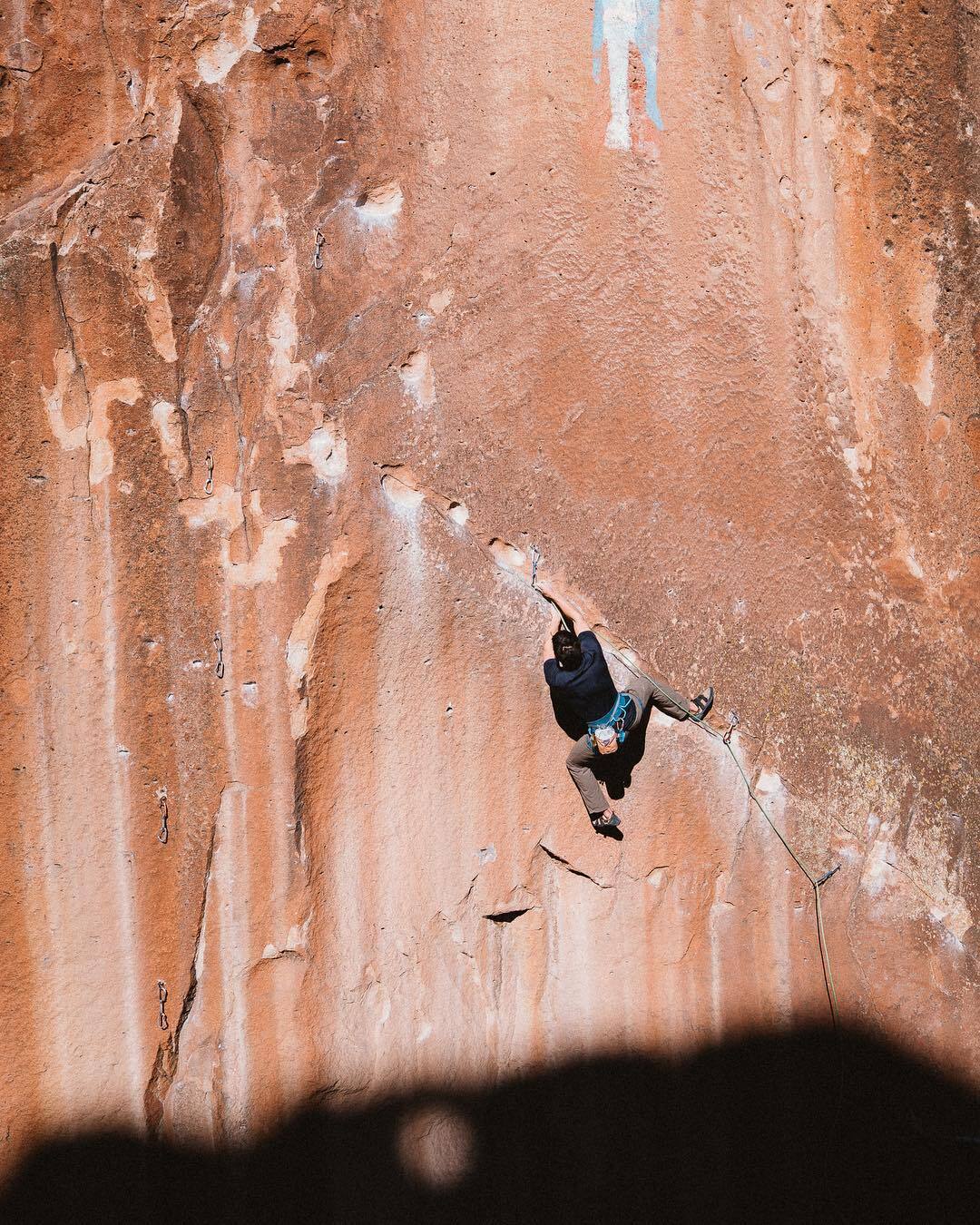
A climber on a sport route in Penitente Canyon
A lack of clarity
Part of the issue with this entire situation is that so many things are left up the air. Nearly everything in the guidelines has a “review” attached to it, and “evaluations” by regional or local land managers. This has the potential to lead to a patchwork of regulations and rules that makes establishing new routes or replacing bolts for safety reasons a logistical nightmare.
There is so much room for interpretation: *“Climbing or climbing-related activity in wilderness must be restricted or prohibited when its occurrence, continuation, or expansion would adversely impact wilderness character.” *Who decides “wilderness character”? Even in my previous statement, what would constitute “significant bolting”? Land managers have previously never had this type of responsibility – how will they acquire the detailed, nuanced, climbing knowledge to make educated decisions going forward?
Can the climbing community police itself?
Many climbers would argue that the community already manages itself quite well. There are constant conversations in the climbing community about new routes, replacing old bolts and anchors, overall LNT principles, and shaming climbers with poor stewardship.
One example is an ongoing discussion about retro-bolting (adding more bolts) to Snake Dike (5.7 R), an ultra classic 8-pitch route on the southwest face of Half Dome in Yosemite. First climbed in 1965, it’s an aesthetic, “moderate” way to climb Half Dome. However, like many older, classic routes, it’s sparsely bolted; the route was initially set by strong climbers who required little bolt protection. As a result, the first several pitches can be hard to follow and has resulted in high profile accidents.
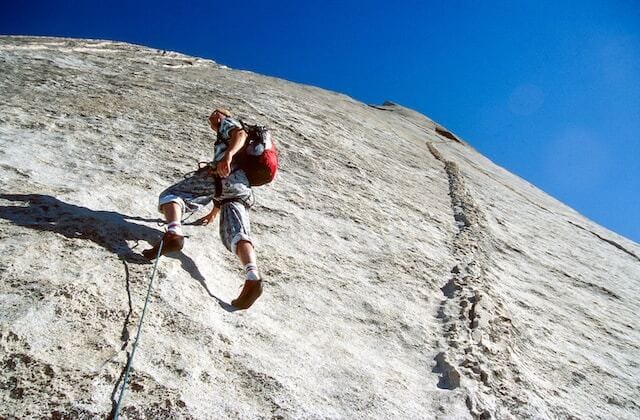
Snake Dike. Photo by Christoph Deinet
Opponents reference the history of the route, and the need or desire to preserve routes as originally climbed. Additionally, risk is an inherent aspect of rock climbing, one that can never be fully eliminated. Thousands of people have climbed Snake Dike without incident over the years – why change it because a of a few accidents?
Others feel that there’s little downside to retro-bolting popular, “unnecessarily runout” routes. As Douglas McDonald told Climbing Mag, “I do think there’s an argument that classic moderate routes that were established by highly skilled climbers operating well below their limit maybe shouldn’t have deadly runouts.”.
The complexity remains – which routes are classic because of the style in which they were bolted or the risk involved? How would one consistently define a route as “unnecessarily runout”? Even proponents of retro-bolting routes like Snake Dike often backtrack when other, harder, classic routes are mentioned. And if the climbing community can debate for years about the “right” actions to take, what hope do already taxed federal agencies have?
The takeaway
I still think that alarmist messaging is tied to the Access Fund being anti anything that limits the growth of climbing. But, after a thorough reading of the new guidance and responses from various parties, it seems that while potentially well-intentioned, the guidance is too broad to be effective. Notably, the administrative overhead of managing climbing at this level of detail would add an unreasonable burden on already understaffed federal agencies. A few possible outcomes:
A dramatic slowdown in any decisions being made, potentially affecting climber safety when it comes to replacing old or damaged boltsAn unclear patchwork of regulations, subject to the individual opinions of land managers regarding climbingA de facto status quo; climbers won’t stop bolting for safety and it would be hard to police in most wilderness areasA unofficial moratorium in approved bolting or new routes in many places because agencies don’t currently have the staff or time to manage climbing properlyThe Access Fund notes that “The bipartisan Protecting America’s Rock Climbing Act and America’s Outdoor Recreation Act moved through their respective committees with unanimous support earlier this summer.” both of which would include a new (and ideally more measured) approach to climbing management.
The current guidance is currently in a public comment period, which you can reach here.
